How Old Should Puppies Be Before They Go Swimming?
Swimming is a great way to exercise your dog, keep them cool in the summer, and have fun. But when is the right time to introduce your puppy to the pool? How old should puppies be before going swimming?
Most people wait until their puppy is at least six months old before taking them swimming. However, the earlier you start, the better.
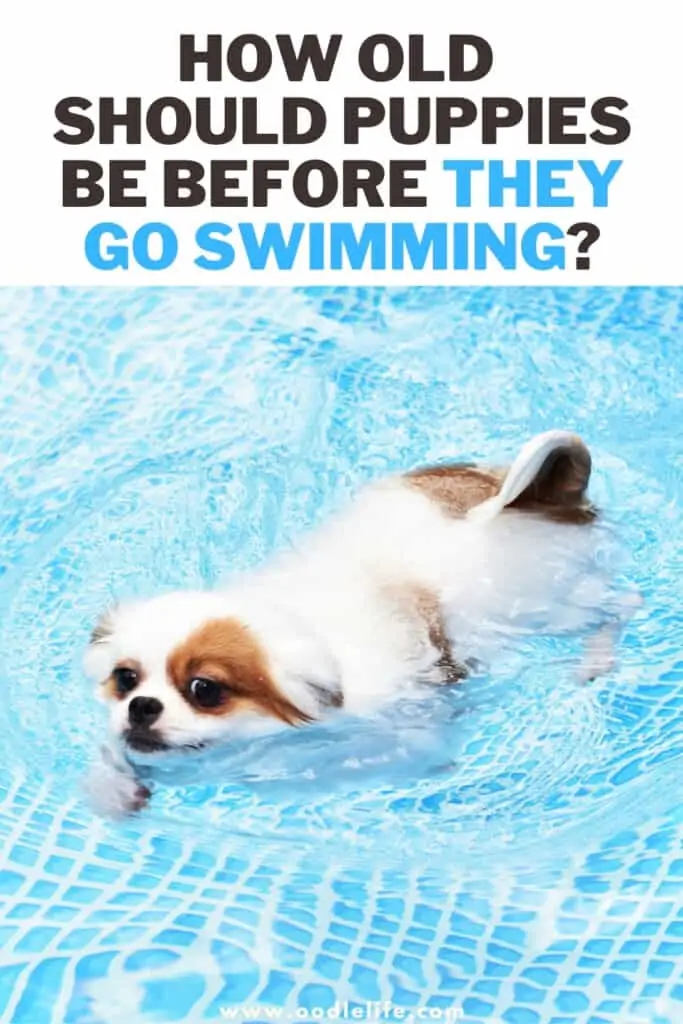
No matter the age of your puppy, introduce them to swimming gradually. Throwing the puppy into the deep end will scare and make them afraid of water. Start by letting the puppy play in shallow water.
Get them used to being wet and having water on their fur. Once the puppy is comfortable, slowly let them venture into deeper water.
Recommended Age for Puppy Swimming
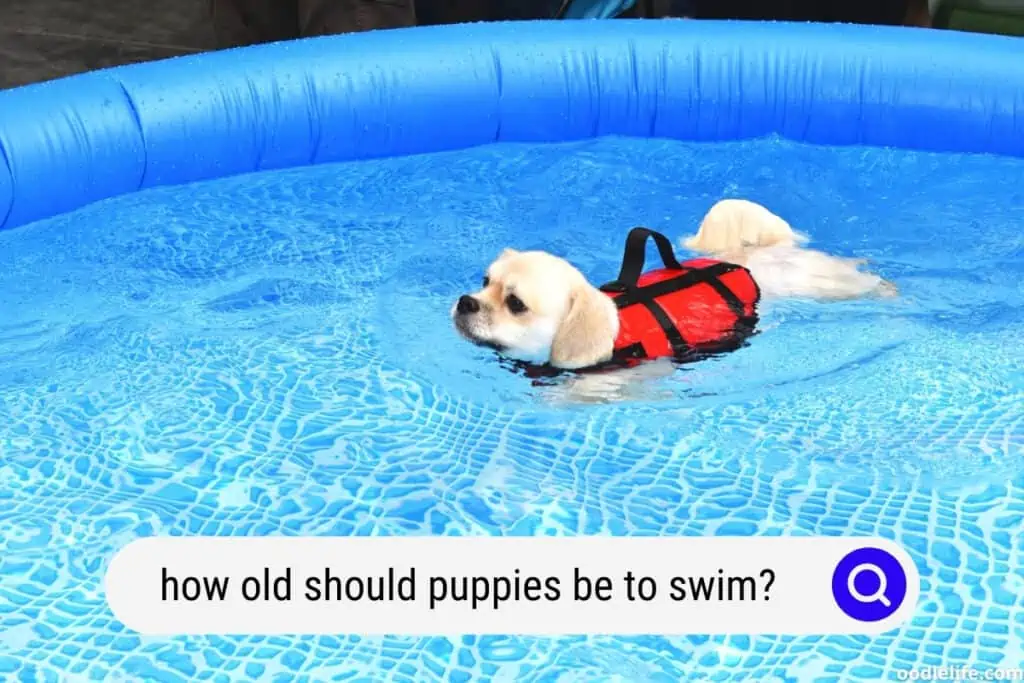
At ten weeks, most puppies can start swimming as long as they have been gradually introduced to water. By the time they are six months old, puppies are strong enough to swim in deeper water and can start learning how to dog paddle.
However, not all puppies are ready to swim at ten weeks old. Several factors influence when a puppy is ready to start swimming, such as breed and individual personality. If your puppy seems scared or hesitant to swim, wait until they are older before trying again.
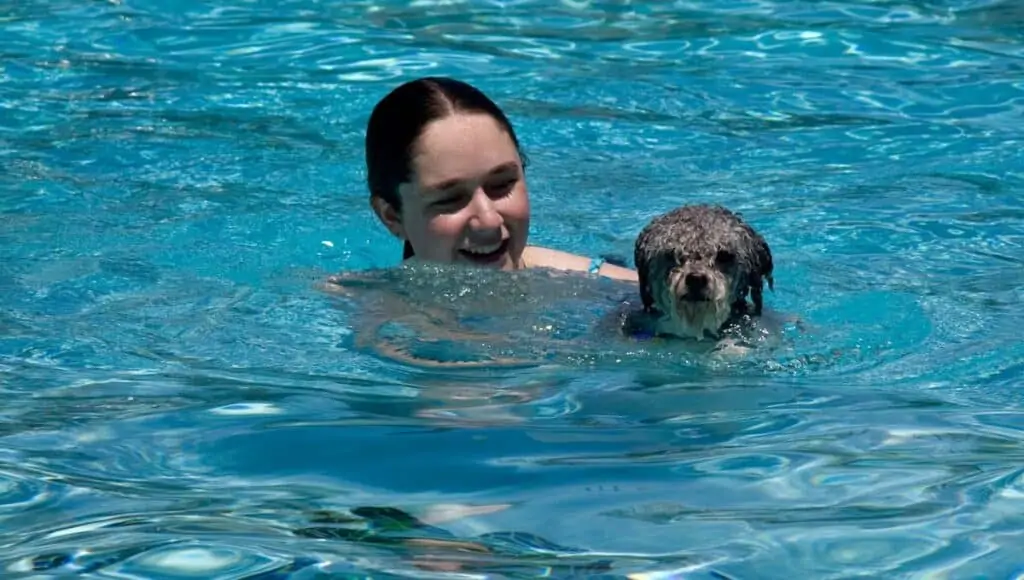
Are All Dogs Good at Swimming?
People often assume all dogs are good swimmers. Some breeds are natural swimmers. They were bred to swim in water and love being in the pool. Breeds like the Labrador Retriever, Golden Retriever, and Irish Water Spaniel are known for their swimming abilities.
Other breeds, such as the Bulldog and Chihuahua, are not as good at swimming. The weight distribution of a bulldog’s body is not ideal for swimming, and they can quickly tire out.
It takes time for a Chihuahua to know how to swim.
It is good to check whether your dog is a good swimmer before taking them swimming.
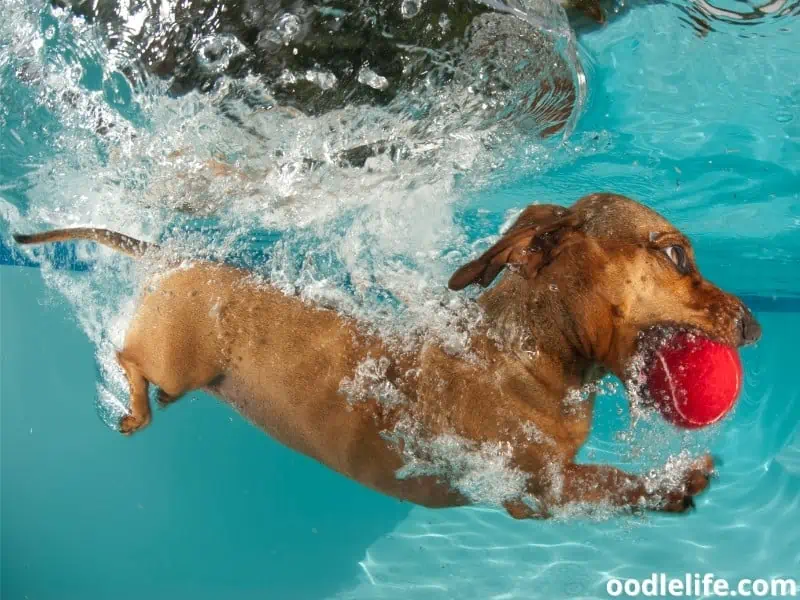
Important Tips for Swimming with Puppies
Puppies need to be supervised at all times when swimming. Even if they are good swimmers, they can still get into trouble. A puppy that is still learning to swim needs to be monitored closely.
The following tips will help keep your puppy safe while swimming:
Ensure the Puppy Has a Life Jacket
If your puppy is not a good swimmer, make sure they wear a life jacket. A life jacket will help keep them afloat and safe if they fall into the water. Learning puppies use only their front feet to paddle and can quickly become tired.
Other floating devices, such as a doggie pool float, can also be used.
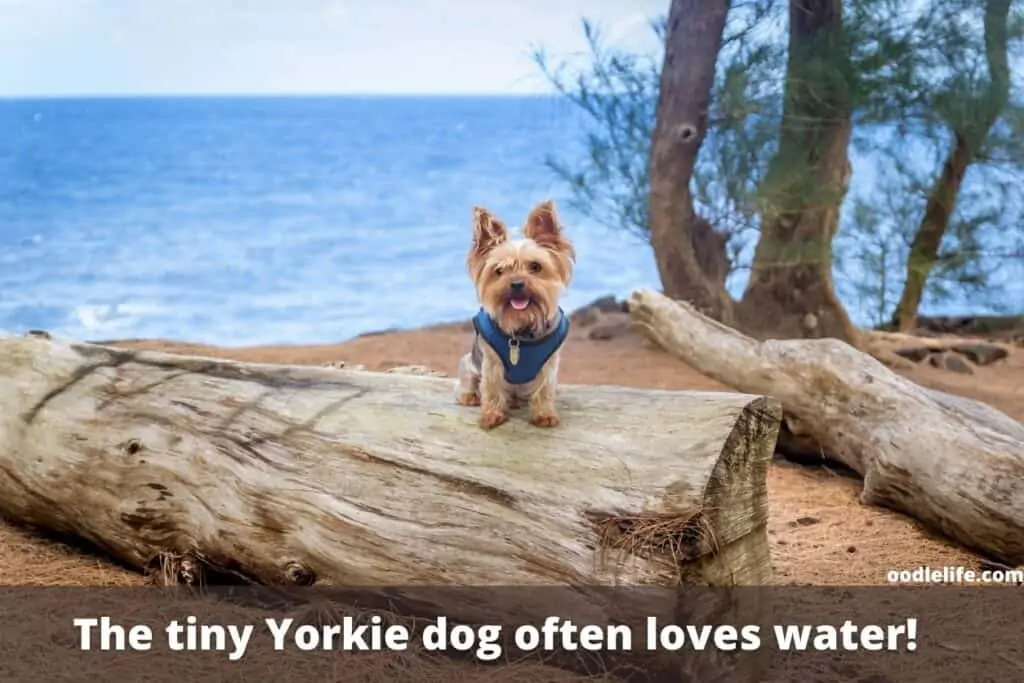
Start with Shallow Waters
As mentioned earlier, start by letting your puppy play in shallow water. Playing in shallow waters will help them get used to being wet. It will also help them learn how to swim.
They will become comfortable with the sensation of water and will be less likely to panic if they fall into deeper waters.
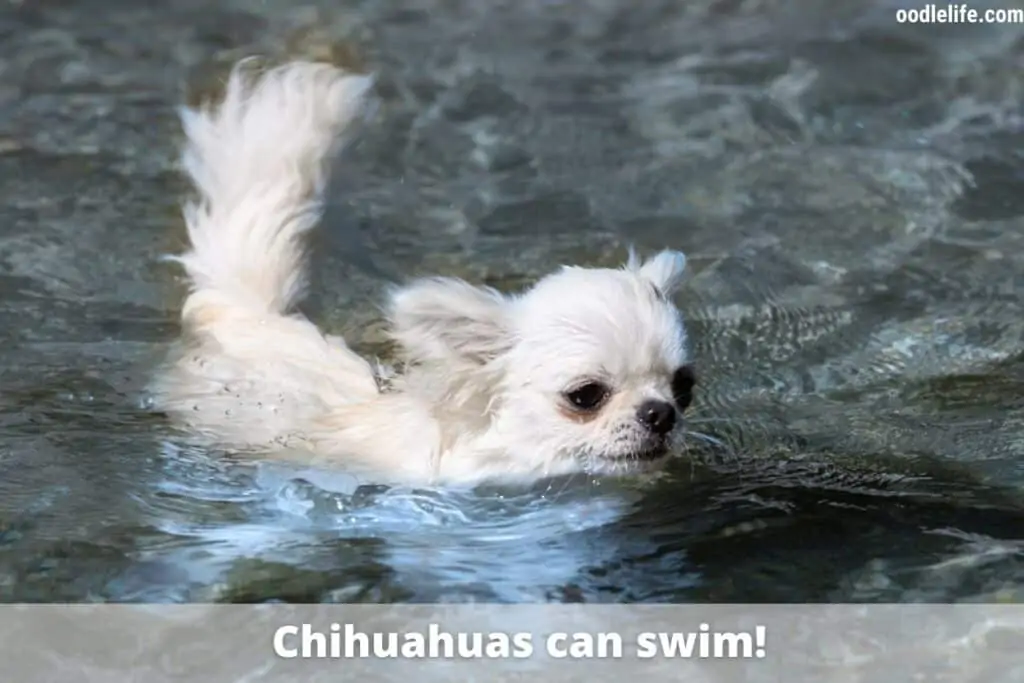
Keep the Swimming Sessions Short
Swimming sessions should be short and sweet. A 10-minute swim is enough for a young puppy. Short sessions help the puppy rest and prevent water toxicity, which can occur when puppies swim for too long.
Water toxicity can cause problems such as vomiting, diarrhea, and lethargy.
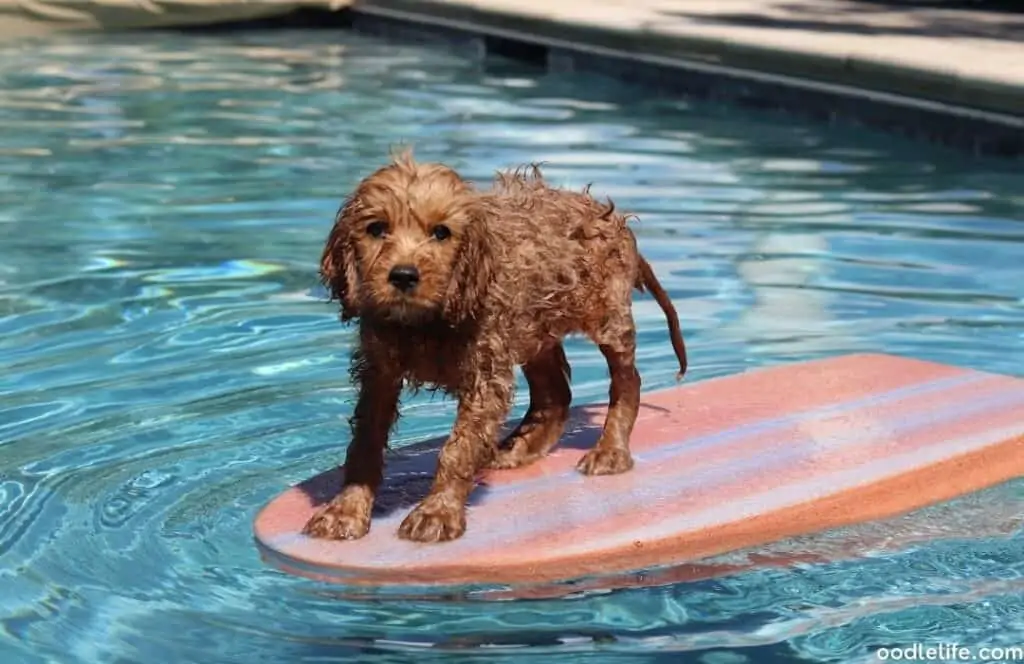
Check the Temperature of the Water
Ensure the water is not too cold before swimming with your puppy. The ideal temperature for swimming is around 75-80 degrees Fahrenheit. Swimming in colder water can cause your puppy to get hypothermia.
If the water temperature is too cold for you, it is probably too cold for your puppy.
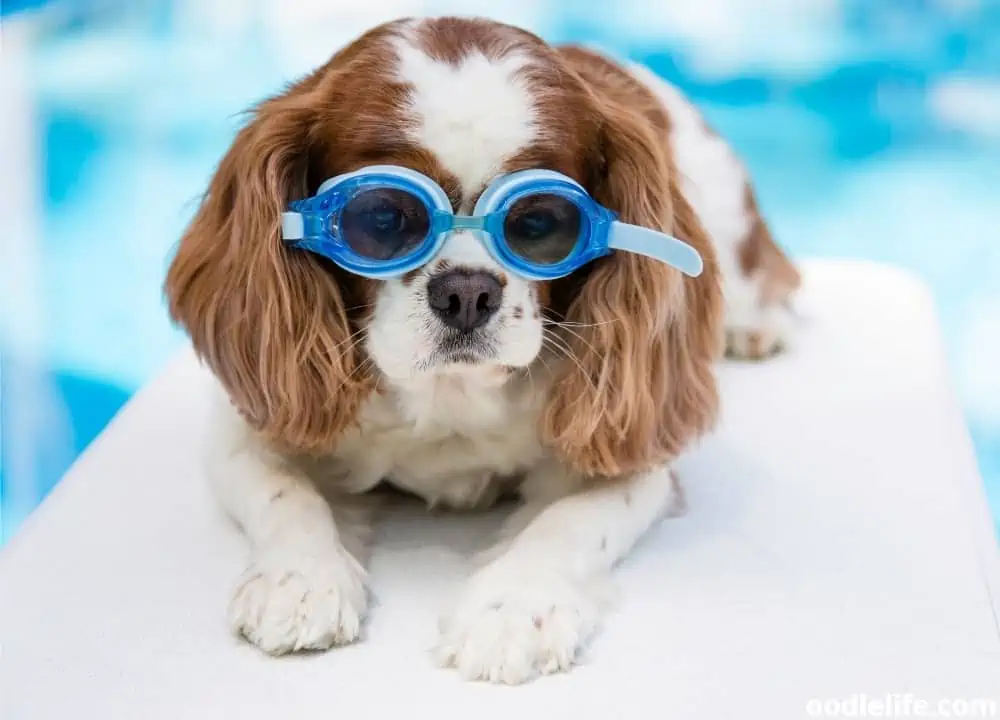
Never Leave a Puppy Unattended in a Pool
Even if your puppy is a good swimmer, never leave them unattended in a pool or any other body of water. Puppies can quickly get into trouble and may not be able to save themselves. Natural water bodies like rivers and lakes can also be dangerous for puppies.
There are hidden dangers such as deep holes, strong currents, and dangerous animals like water snakes.
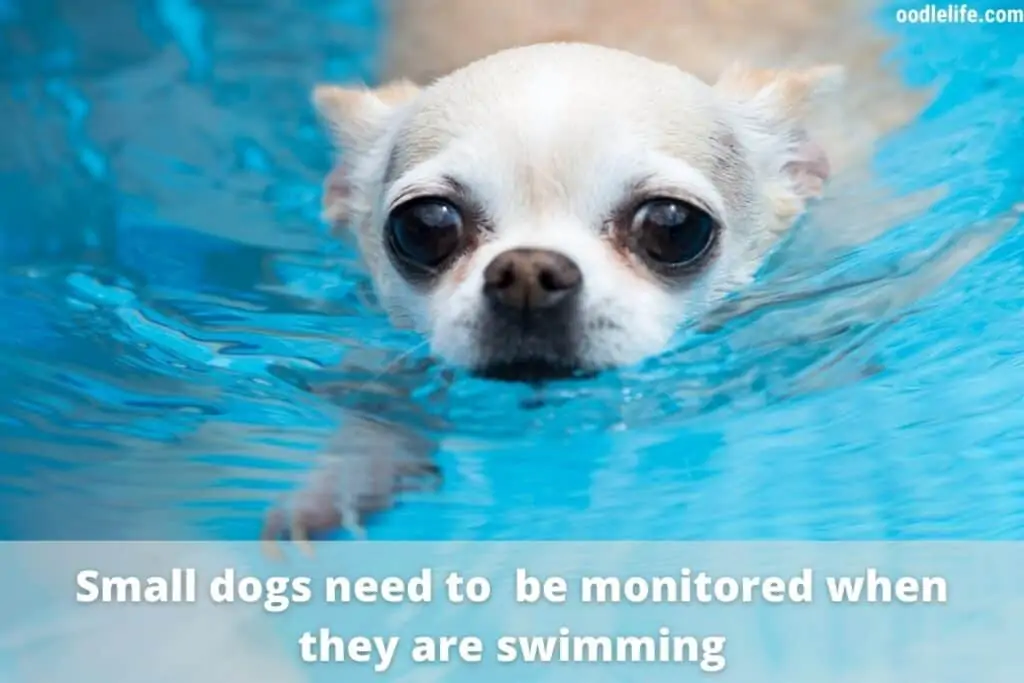
Benefits of Puppies Swimming
Do puppies even need to learn how to swim? The answer is yes. Swimming has several benefits for puppies, including:
- Exercise: Swimming is a great form of exercise for puppies. It helps them stay fit and healthy. Regular exercise also promotes muscle development, ensuring your puppy grows up to be strong and agile.
- Socialization: Swimming provides an opportunity for puppies to socialize with other dogs. It helps them learn how to interact with others and teaches them how to play nicely.
- Stress relief: Swimming is a great way for puppies to relieve stress. It helps them relax and can even help improve their moods. Puppies that swim regularly are less likely to become stressed or anxious.
- Fun and bonding time: Swimming is a fun activity for puppies and their owners. It provides an opportunity for bonding and creates memories that will last a lifetime. A happy puppy is a well-adjusted puppy.
- Learning: Swimming is a fun way for puppies to learn new skills. They can learn how to swim, dog paddle, and float. Swimming also teaches puppies how to stay calm in difficult situations.
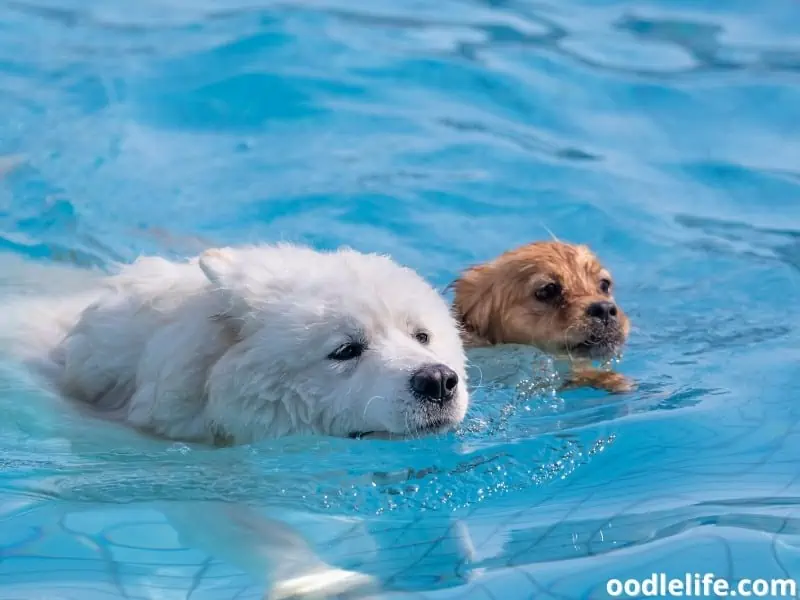
Have Fun
Don’t wait until it’s too late to ask how old puppies should be before swimming! Swimming with your puppy can be a lot of fun. Make sure you take plenty of breaks, keeping the sessions short.
Puppies need time to rest while playing. Be sure to supervise them at all times.